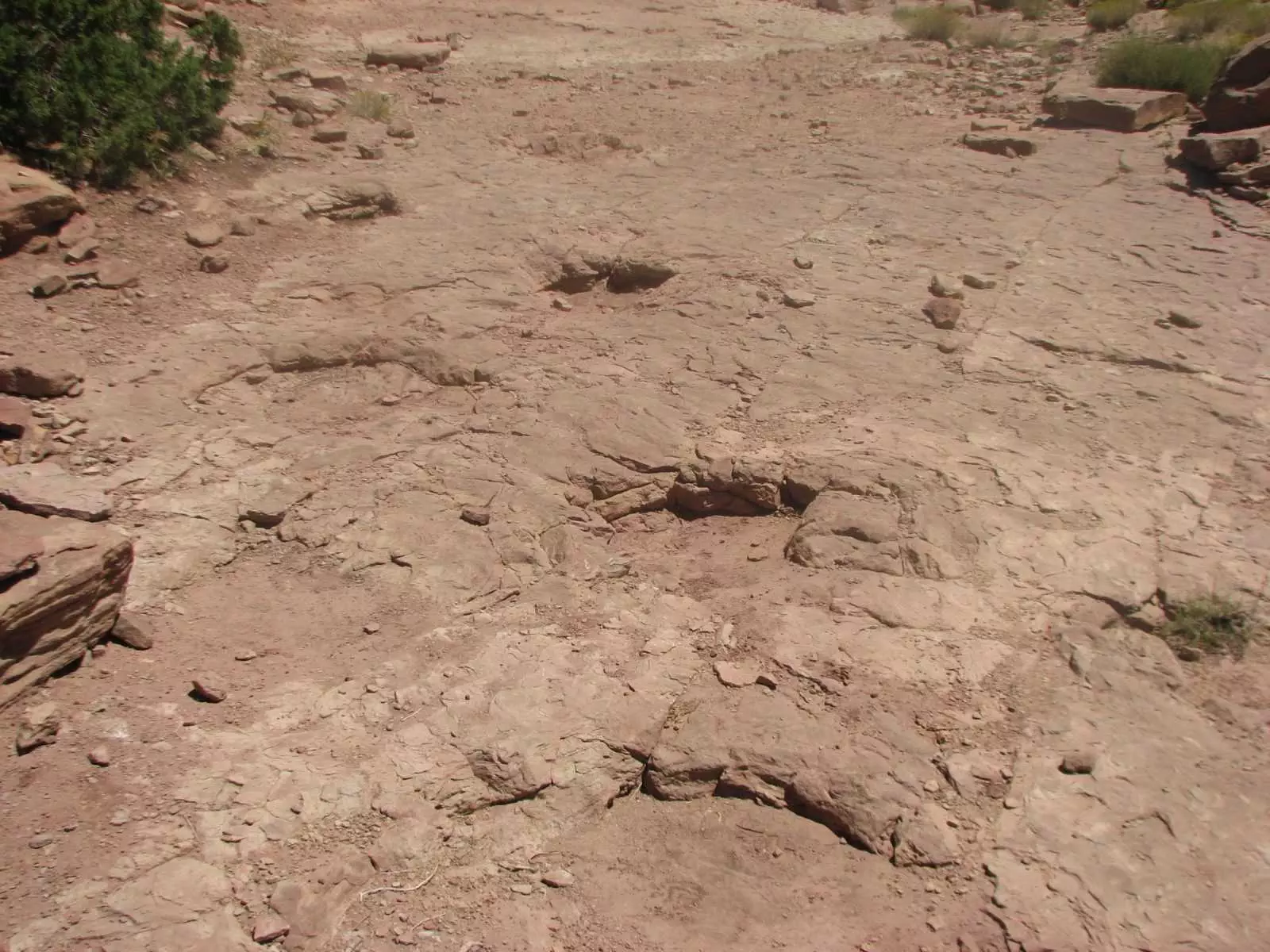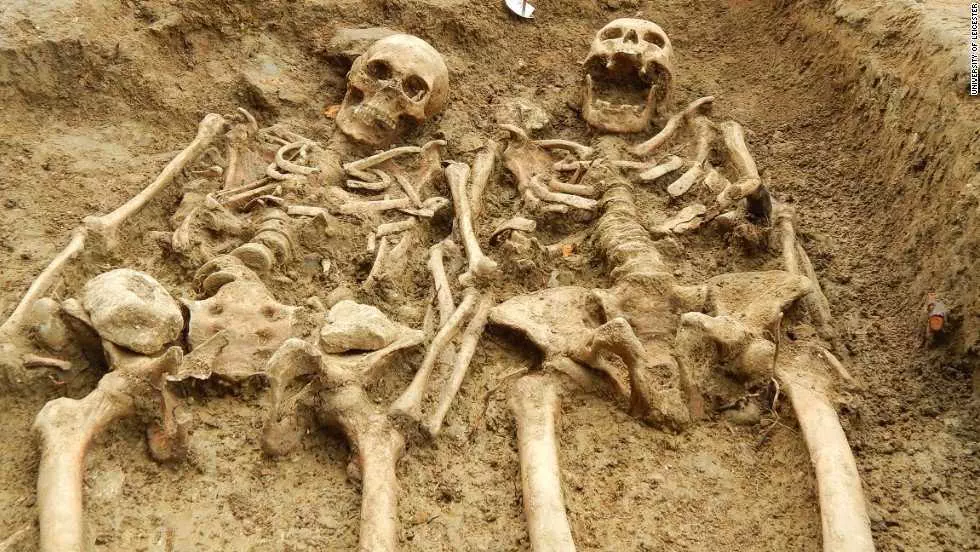
Www. Cdn. Cnn. Com
We love dinosaurs, probably because they are 200 million years out of reach and we know we don’t have to fear walking out on the street and being chased by a Tyrannosaurus Rex. They are enormous, they make our imaginations run wild but most importantly, they are extinct. What was found in Utah by paleontologists is more than just a contribution to science.

Www. I. Ytimg. Com
The Triassic period was 235 million years ago and in that period dinosaurs were the dominant creatures for about 200 million years. It is said that there are about 1000 different known dinosaur species. You can imagine then that scientists put a lot of work into identifying the fossils they discover with a specific species. So what did they find?
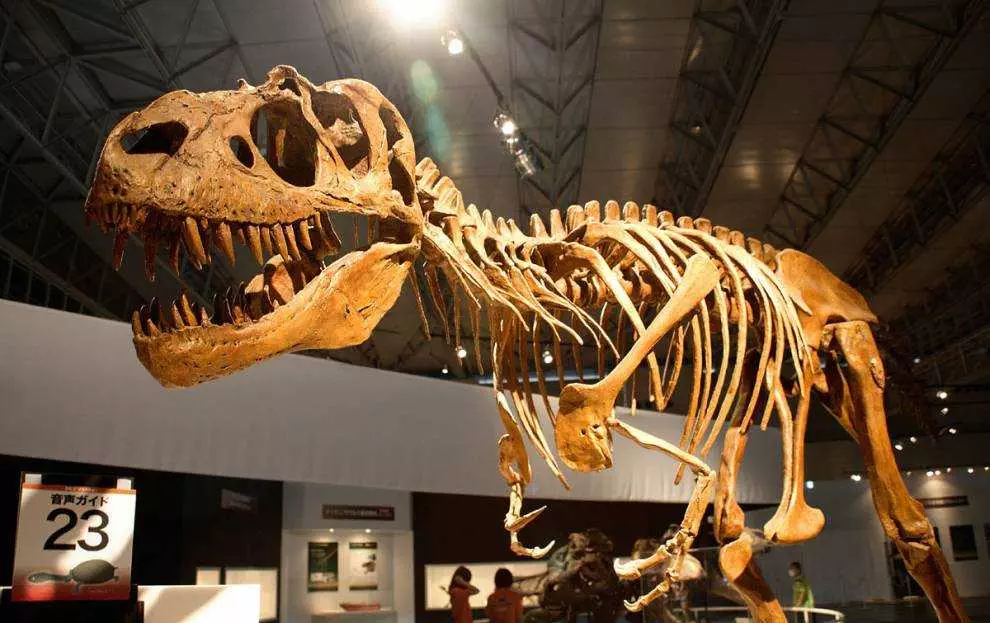
Www. Media. Mnn. Com
The first time fossils were found was in the 19th century and since then a lot of funding has been injected into the finding and gathering of remains so that we have more discoveries to reveal history with. Utah is especially important for the finding of dinosaur fossils. The first skeletons were found here in the 1880s. Are there still any bones left for more discoveries?
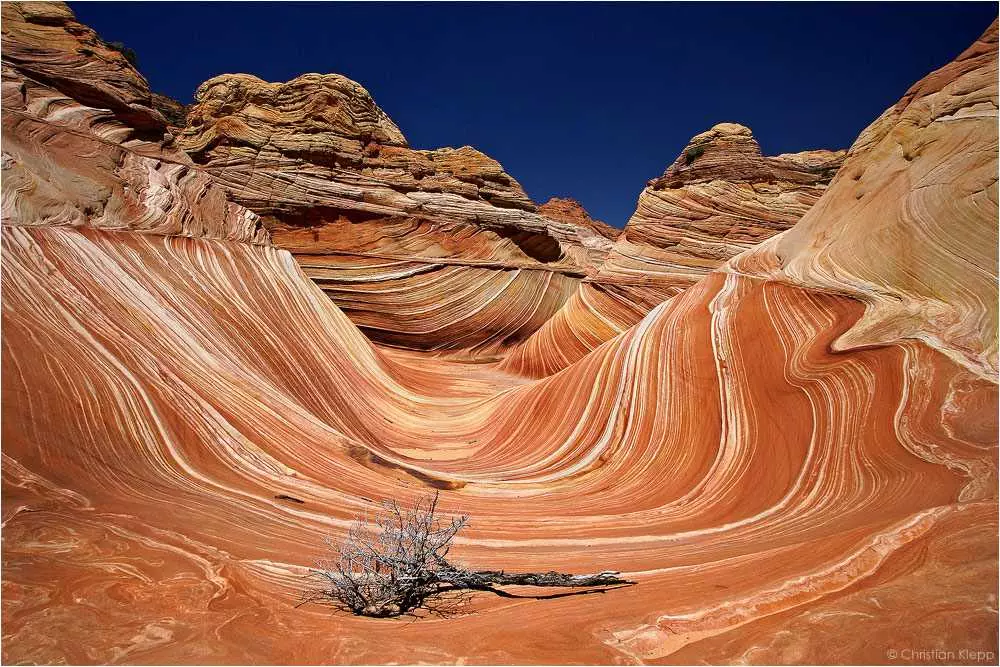
Www. Southwestdesertlover. Files. Wordpress. Com
A place in Utah called the ‘Grand Staircase’ is where the first skeletons were discovered. After the initial rush of discoveries at this place paleontologists no longer wanted to continue digging at the same place so for a while the search there stopped. What made them begin searching at the ‘Grand Staircase’ again?
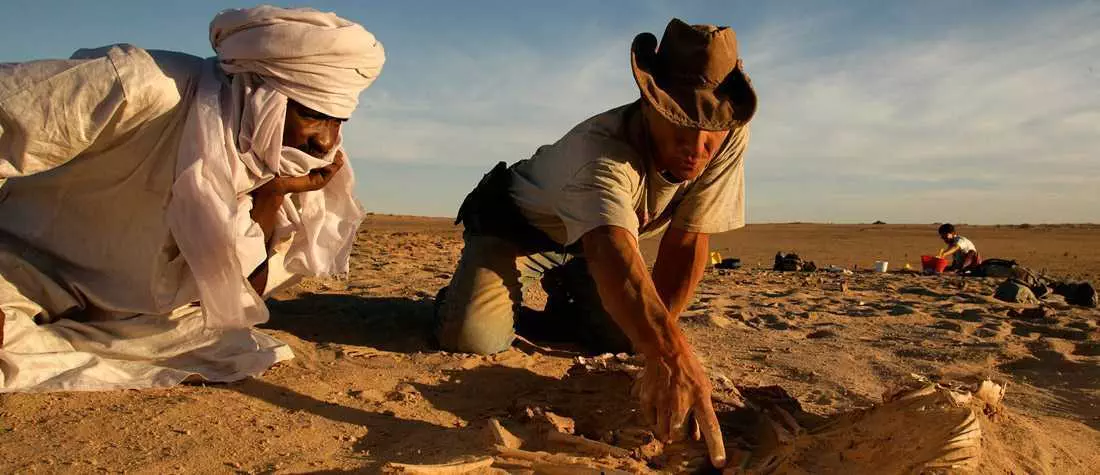
Www. D3qi0qp55mx5f5. Cloudfront. Net
Towards the end of the 19th century new scientists emerged that wanted to further their careers as paleontologists and this required them to make discoveries that would contribute to history. These eager scientists are the ones that went back to the ‘Grand Staircase’. We know the history of the place and why new scientists wanted to go back, but why is this fossil hot-spot called the ‘Grand Staircase’?
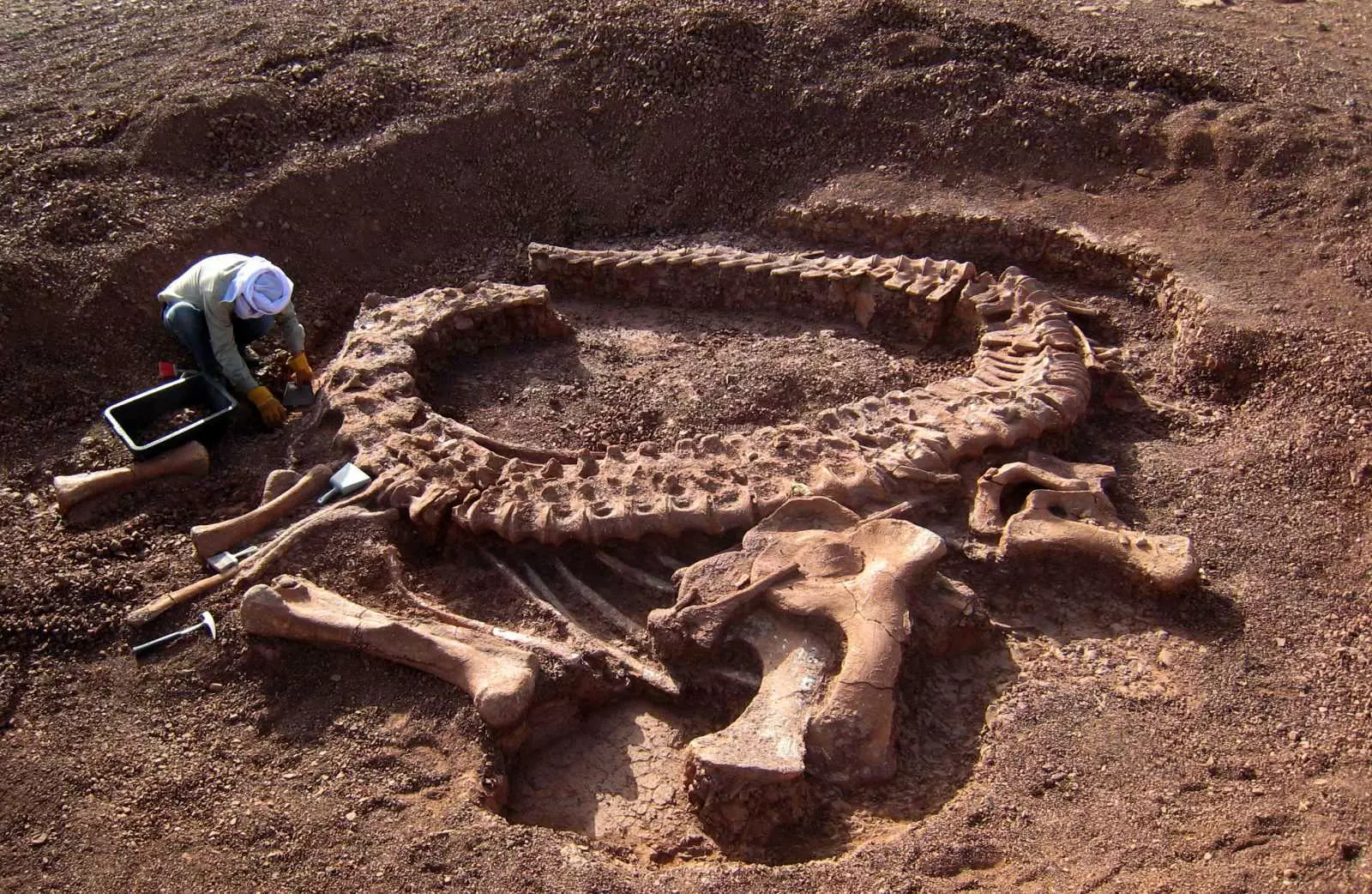
Www. Upload. Wikimedia. Org
The ‘Grand Staircase’ has different layers of rock from different eras that are compacted together which makes them look like a staircase. There is something special about Utah’s climate that makes it the most pouplar place for fossil discovery and that is it’s climate. It’s climate is so special that the remains of dinosaurs can be found on ground level.
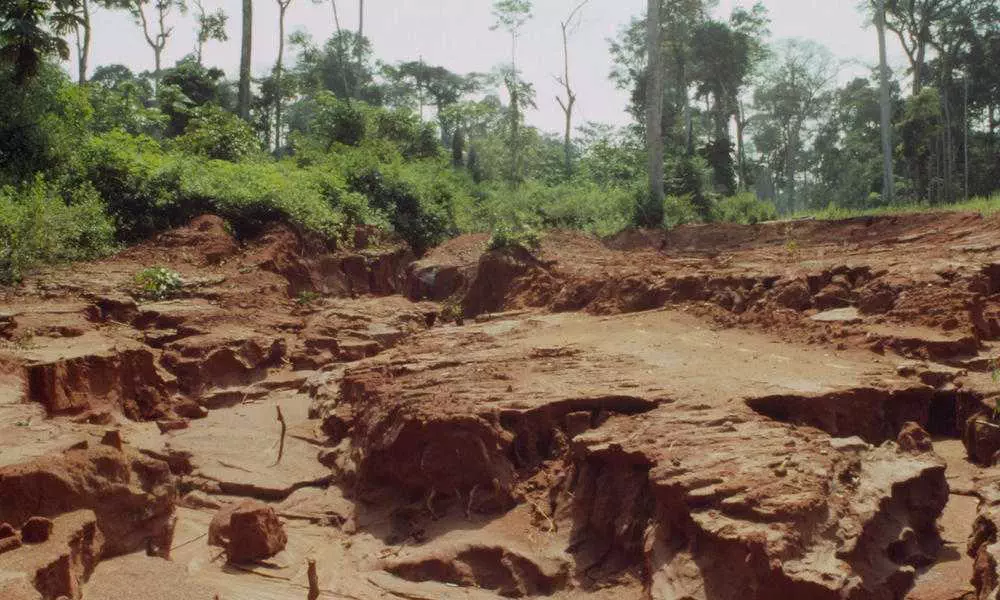
Www. Tiredearth. Com
Utah is in the South of the United States of America which has a dry climate and so less soil erosion happens unlike in the North of the United States of America which has a wet climate that enables forestry and more roots and organisms in the ground. The wet climate wrecks fossils so the north does not have good conditions for fossils. With such great climate no wonder that made such an amazing discovery.
The rain in Utah is not as strong as the rain in the North that makes rain-forests a possibility. The erosion that happens from the rain in the south is just enough to bring fossils to the surface but it does not make the ground wet enough for forestry.
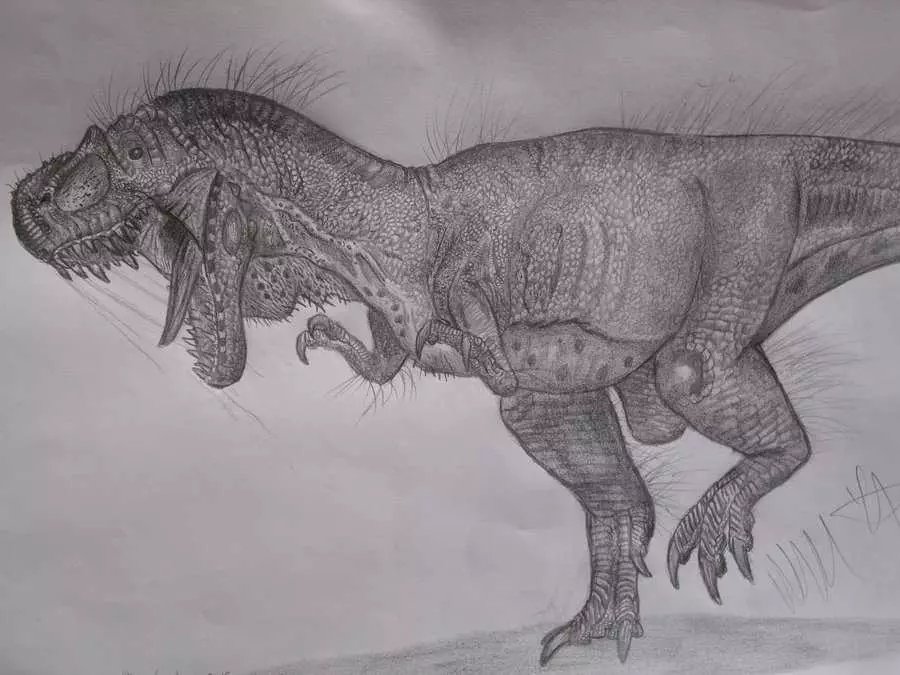
Www. Img00. Deviantart. Net
The new discovery that was made in Utah is not a new species, it is actually remnants of a known species. what makes the discovery amazing is that the size is gigantic. The ‘Teratophoneus curriei’ belongs to the same family of meat-eating dinosaurs as the ‘Tyrannosaurus rex’. The name of the discovered dinosaur’s remains translated from Latin is “monstrous murderer”, no wonder this was such a historic discovery for the scientists.

Www. D1bbnjcim4wtri. Cloudfront. Net
They have never discovered a fully grown ‘Teratophoneus curriei’ but the bones that have been found belong to a young adult of the species. The bones are 16 to 20 feet long and weigh 1500 pounds. This is the most completely discovered fossil of a member of the tyrannosaur family as three quarters of the dinosaur has been preserved.
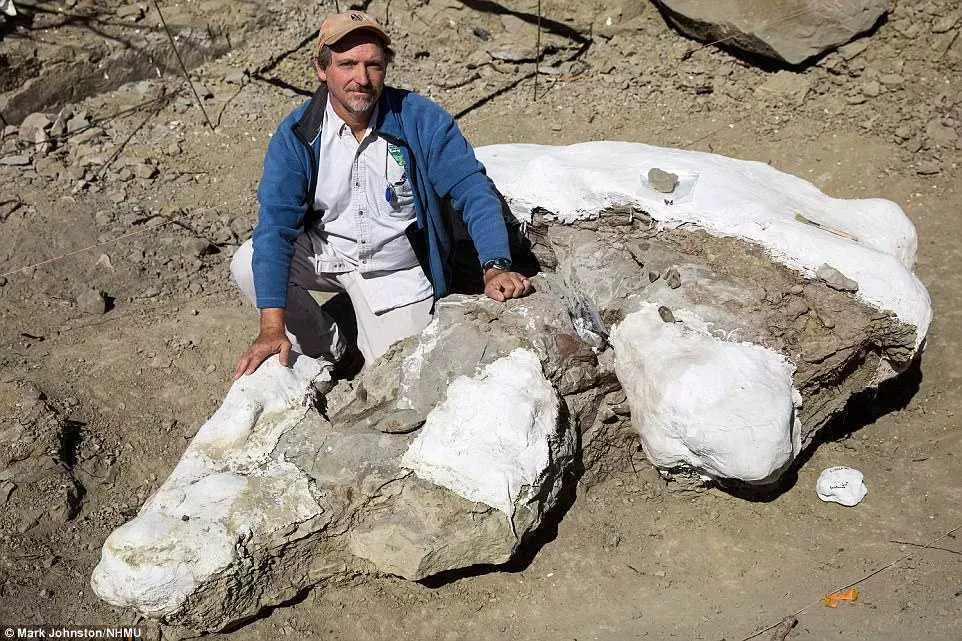
Www. I. Dailymail. Co. Uk
The remnants were discovered by Alan Titus in 2015 and it took two years for it to be excavated. Finding fossils is one aspect of discovering fossils, retrieving the parts is another major task. It is not easy for the excavation team to get to the place where fossils are spotted by a scientist. So how did they get there?

Www. Scenic. Com
The areas is sometimes so remote that the supplies needed to excavate have to be dropped at the place by helicopter while the crew hikes in, but in this case the crew had to carry their supplies to the site which included tools, plaster for making casts of the bone and a lot of water. This is one of the reasons the excavation took so long to happen.
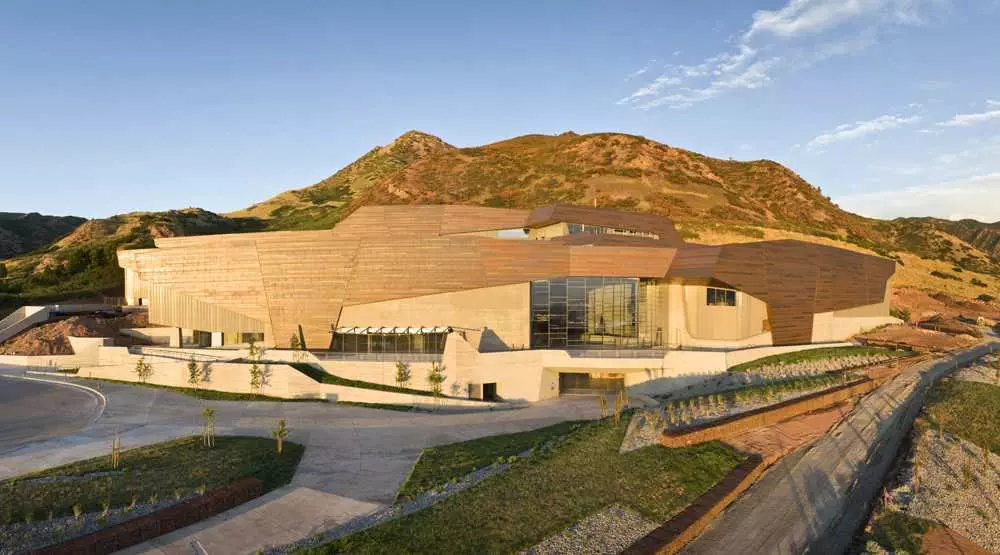
Www. Nhmu. Utah. Edu
Early in 2017 the team spent 3 weeks working on the fossil trying to preserve as much of the bone as possible as they were excavating. Later in the year it took another 2 weeks to prepare before the Teratophoneus was ready to be moved. The remains were taken by helicopter to the National History Museum of Utah. Do we smell the sequel to Jurassic Park?
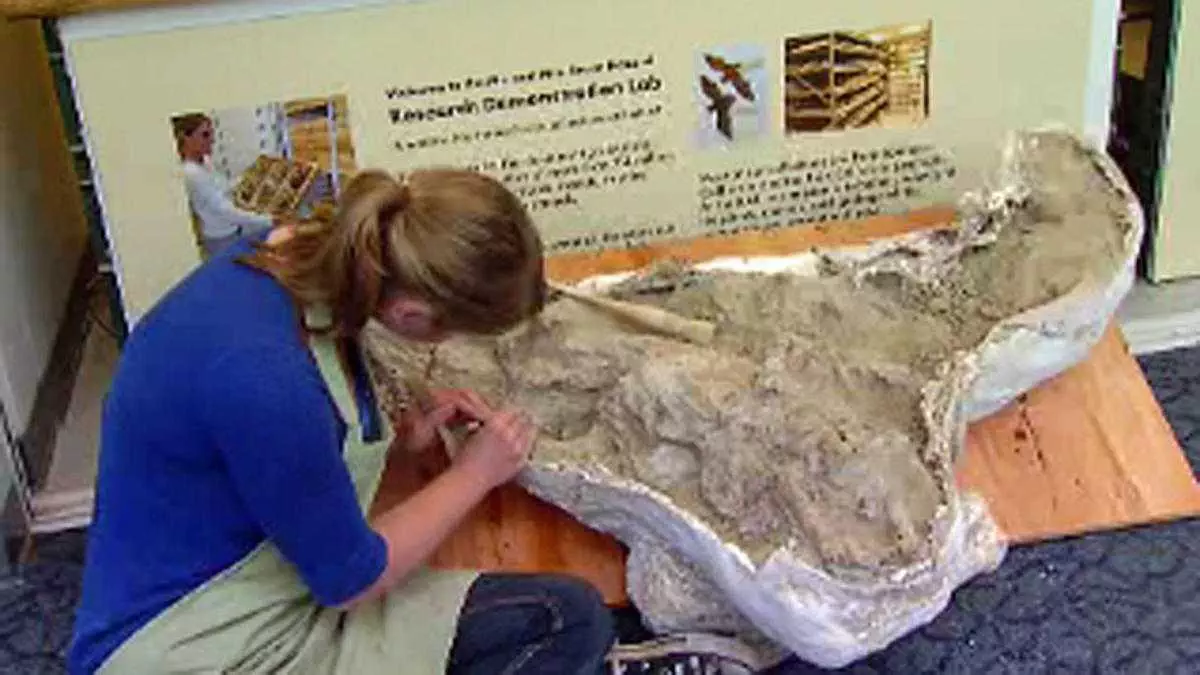
Www. Media. Nbcsandiego. Com
It took 3000 hours to get the dinosaur fossil’s remains ready and onto the helicopter and off to the museum and this is still not the end of the road. 10 000 more hours are needed to prepare the dinosaur for inspection and this is a very long process. As gruesome as the process is, it is going to result in a better understanding of the tyrannosaurus species.
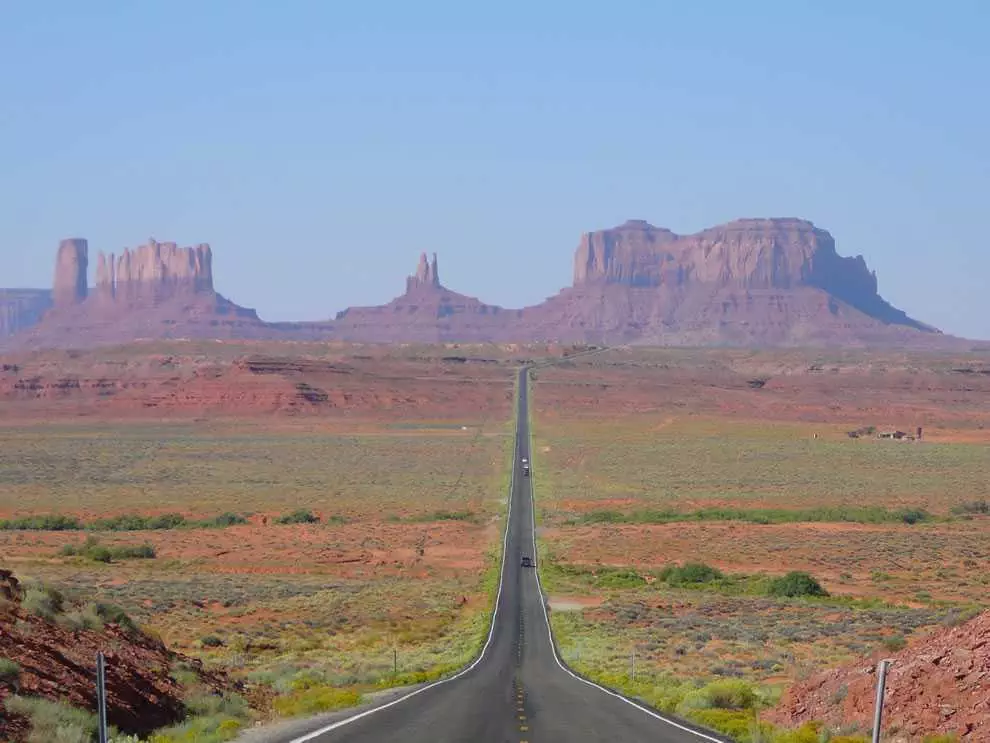
Www. I. Pinimg. Com
This amazing discovery proves that South Utah is an important part of the United States of America for understanding the dinosaur species. Although this was not an entirely new finding it gives scientists another artifact to explore why dinosaurs from the south differed from those of the north. This is a truly unprecedented discovery.

